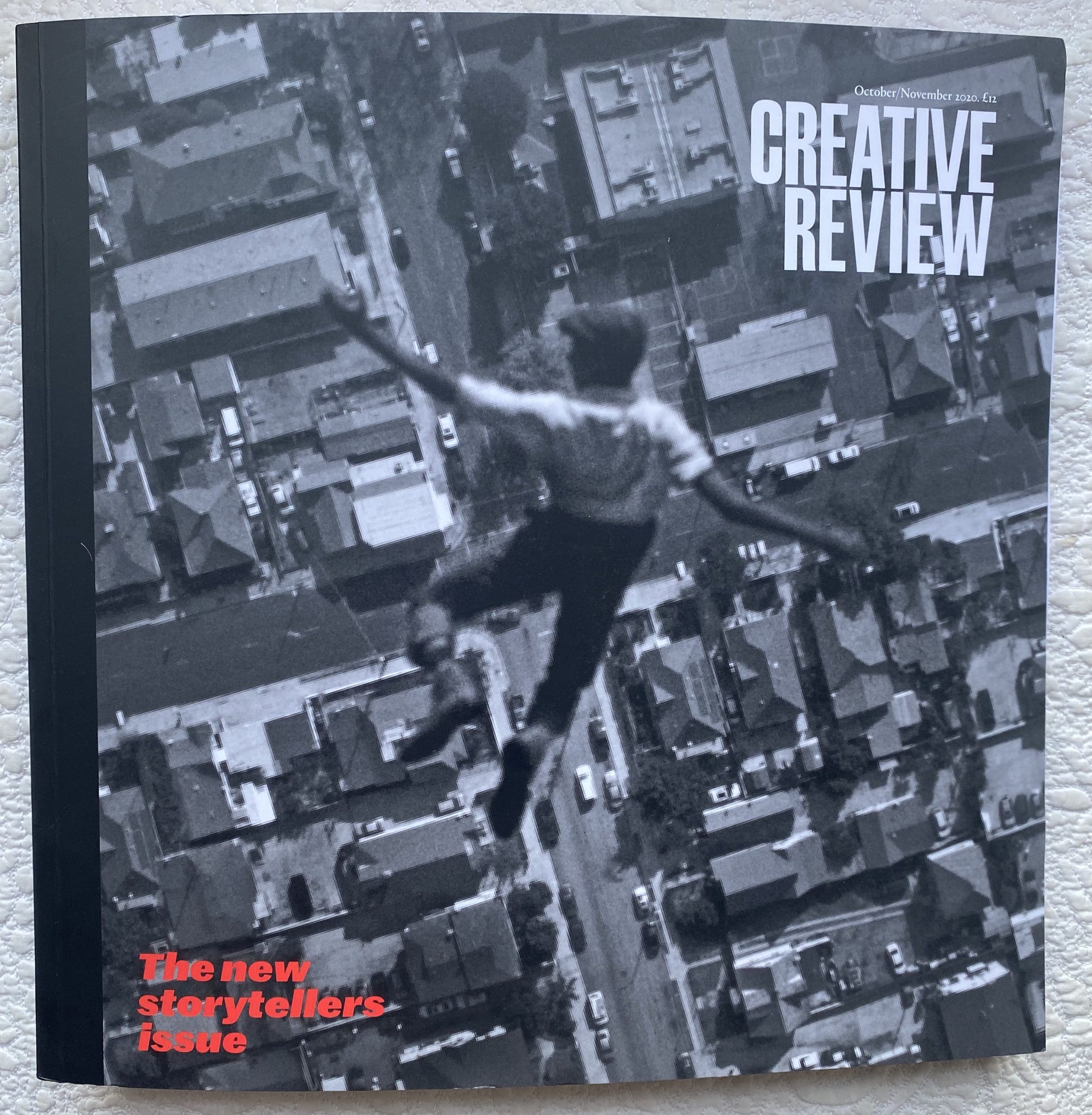While interactive TV shows have been talked about for years, limited examples have actually made it to the screen, in part due to the complexity of creating them. But a new software tool, Stornaway.io, signals how this might get a whole lot simpler.
By Emma Tucker.
To read the full article please click here



In the aftermath of Bandersnatch, an interactive episode of Netflix’s Black Mirror series, where viewers could choose multiple endings to the story, the film and TV industry found itself alive with chatter about interactive narratives. The 2018 thriller prompted a wave of thinkpieces about how it would drastically alter storytelling, with many predicting the rise of an entirely new category of entertainment. But two years on, we’ve yet to see much evidence of this.
Pre-Covid, interactive experiences in the real world were thriving. People were flocking to escape rooms and interactive theatre shows to find ways of immersing themselves into stories. And on screens, the gaming industry has been dominating for decades, offering ever-more complex narratives and experiences. Whatever the medium, people are clearly fascinated by stories that encourage some kind of participation. So why hasn’t the expected onslaught of interactive TV shows and films arrived?
To start with, writing these narratives is incredibly complex. While a novelist, screenwriter or filmmaker might only have to hold several key storylines in their heads, an interactive experience requires keeping track of various branching narratives, as well as their complicated relationship to one another. Talking about the experience of creating Bandersnatch at a festival at the BFI in 2019, Charlie Brooker commented, “I was using Twine, which is this interactive fiction coding thing to write it, and it was a slightly lonely process, where for a few weeks I only made sense to myself. In a way, it would grow sideways, you’d add a bit, and suddenly it’s like you’ve built a new wing of your house that you then have to furnish and upholster.”

